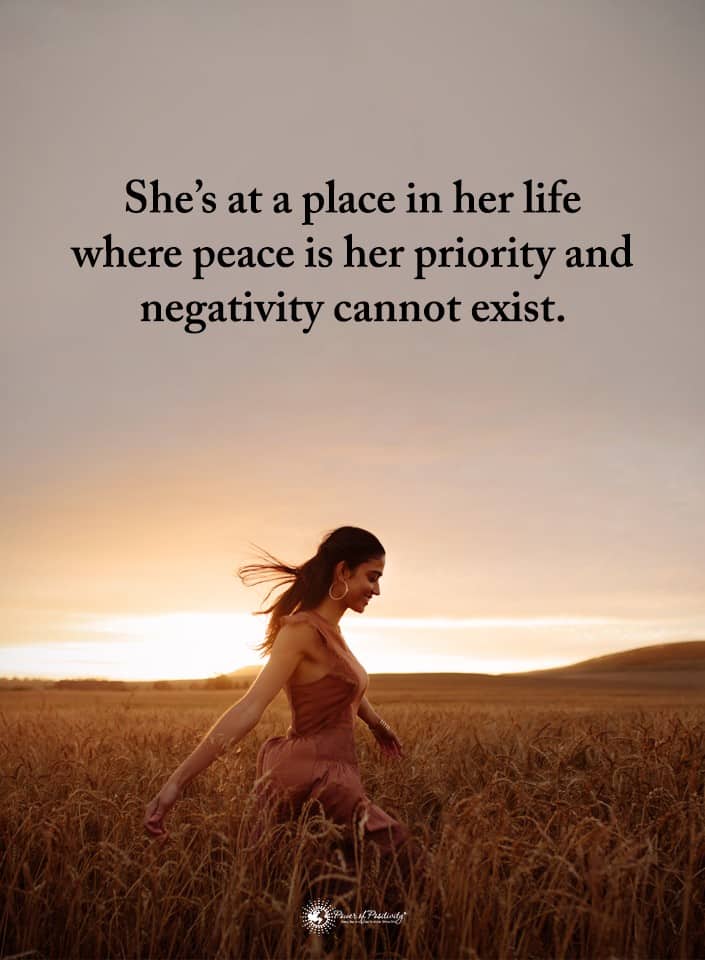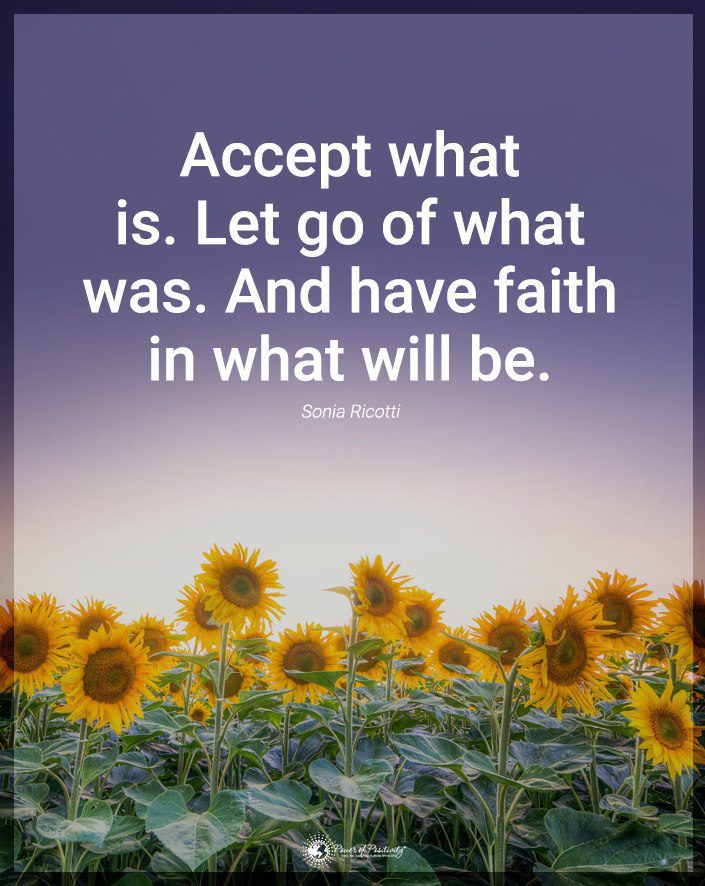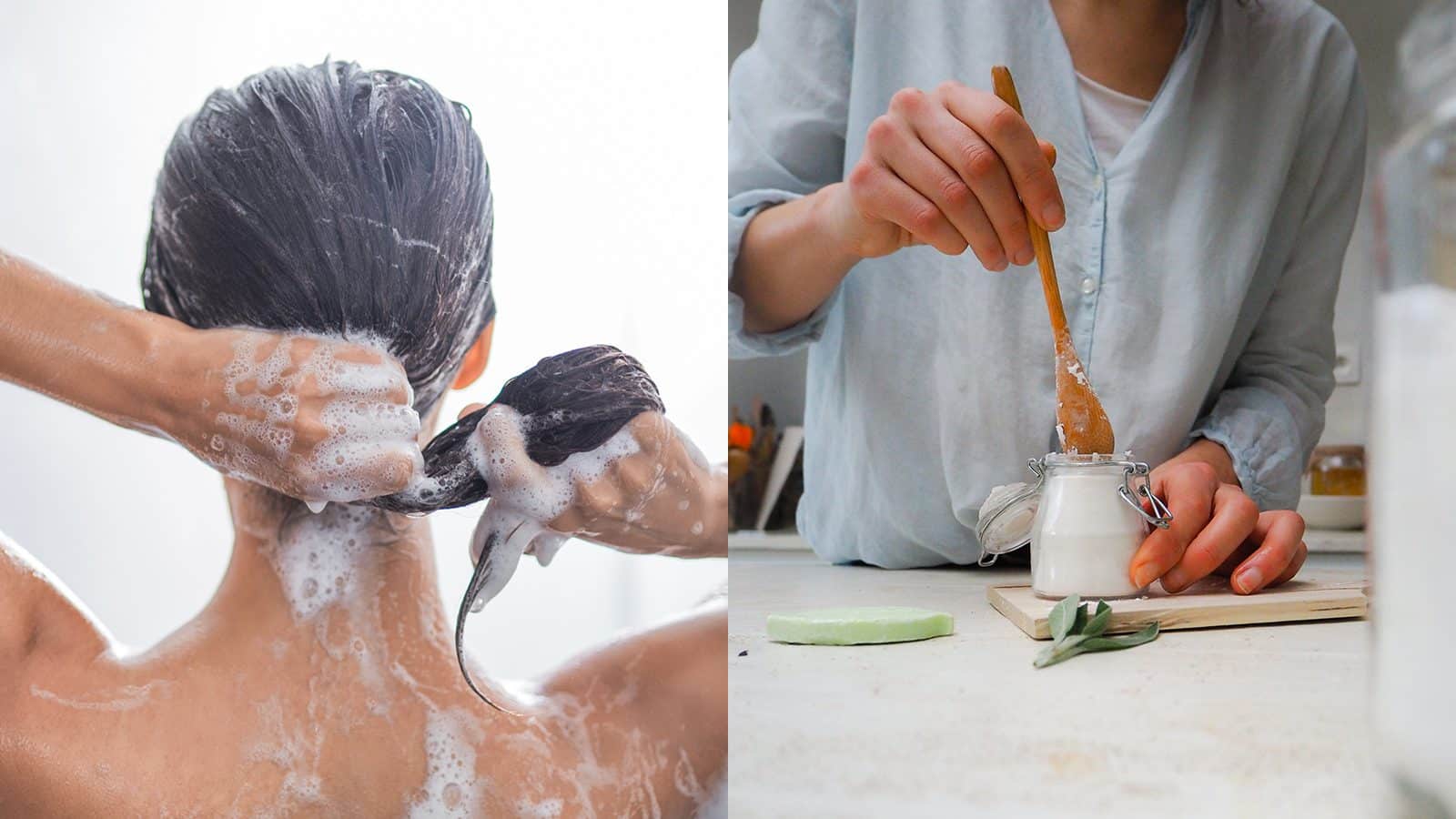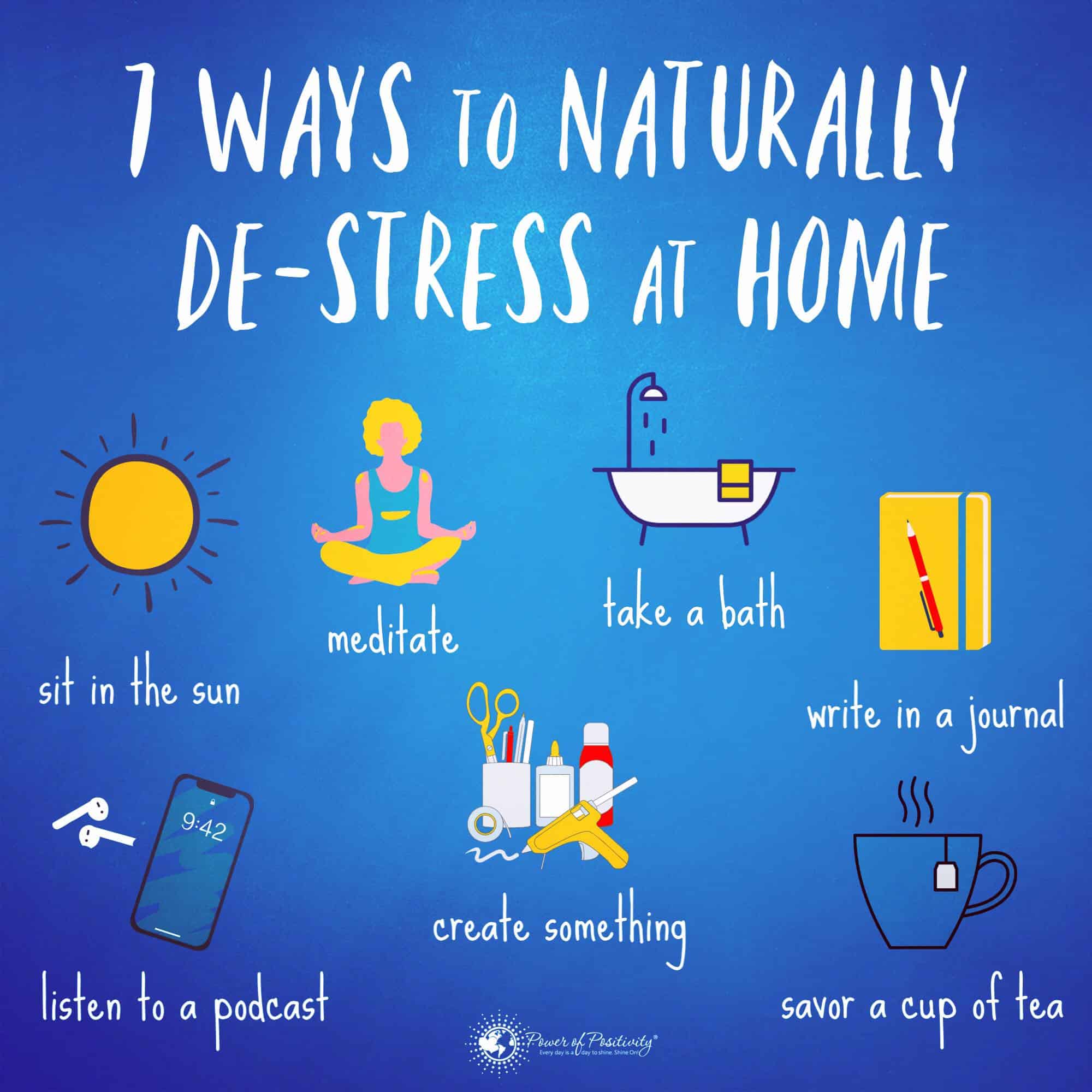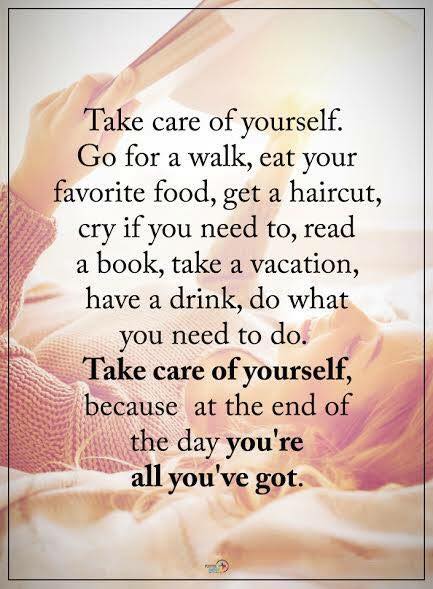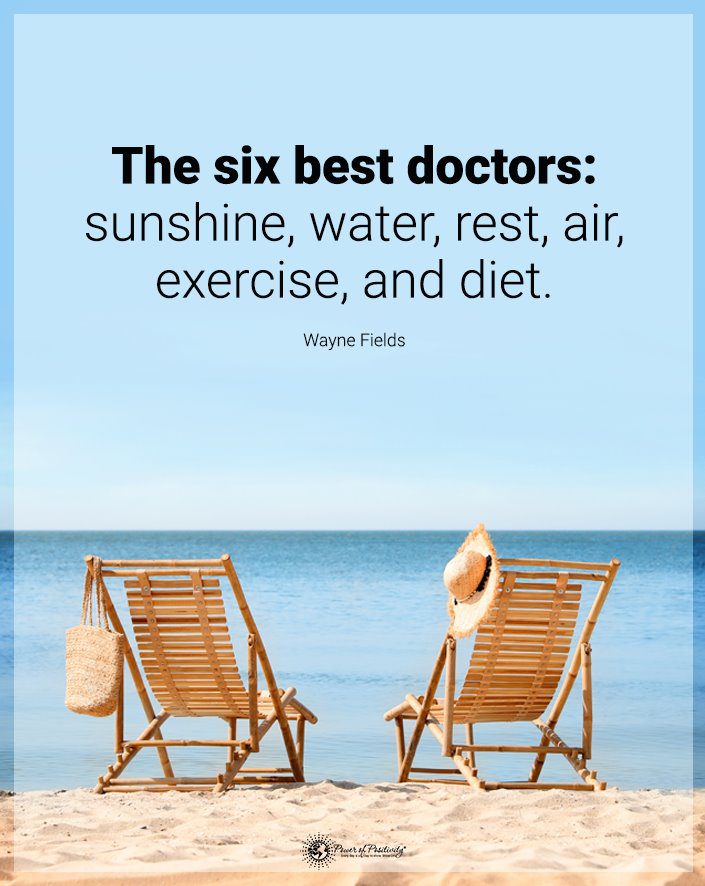For those who haven’t heard of the name, Michio Kaku is a world-renowned theoretical physicist and futurist who has penned multiple books on science matters. One of the books that Kaku wrote, ‘The Future of the Mind: The Scientific Quest to Understand, Enhance, and Empower the Mind,’ delves into what the future holds for the human brain.
Kaku covers topics including telepathy, telekinesis, consciousness, artificial intelligence and transhumanism. This last topic – transhumanism – is actually a movement that aims to advance the human condition through the development and creation of technologies. Ideally, those that subscribe to this school of thought want to see humans enhance their intelligence, physical nature, and psychology with technology.
“We have learned more about the brain in the last fifteen years than in all prior human history, and the mind, once considered out of reach, is finally assuming center stage.” – Michio Kaku
What Is Biohacking?
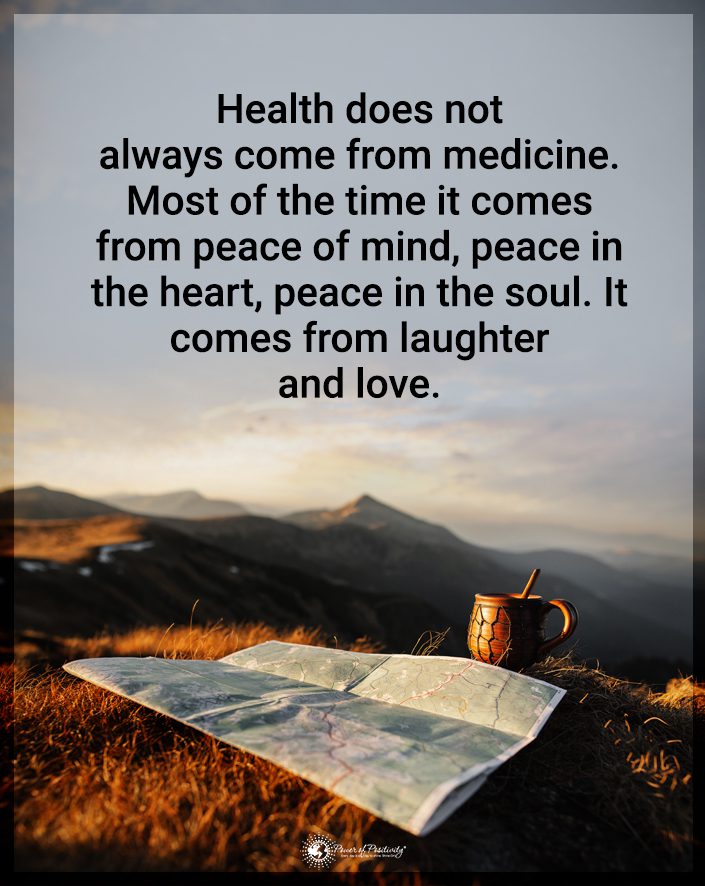
Cognitive enhancement is likely to be the next significant scientific breakthrough in human health. Multiple legal and illegal products already on the market promise to increase one’s brainpower and intelligence. In other words, brain hacking via technology is becoming a reality.
Let’s provide the definition of “brain hacking” quickly. Brain hacking (or “neurohacking”) is simply the alteration – usually improvement – of the normal functioning of our brain and central nervous system (CNS).
This leads us to our next point: it’s already possible to hack your brain. Maybe not through bleeding-edge technology just yet, but it’s possible nonetheless. This is because of the brain’s own ability to enhance its functionality and structure – also called neuroplasticity.
It’s already been discovered that our brains can create new neural pathways. At one point not long ago, it was a “fact” that brain functionality was fixed – we were born with our intelligence and capabilities and that was it. Not so. As it turns out, the human brain has this remarkable ability to reshape and adapt itself. What does this mean for us?
Simply put, it means that we can enhance our cognitive ability while fundamentally changing ourselves in the process. This inherent malleability of our brain is a tremendously exciting and potentially life-changing concept that can be applied in every area of our lives. We can be happier, work more efficiently, improve our productivity, strengthen our spirituality and so forth. The possibilities are indeed endless; limited only by our own imagination. If we’re willing to embrace this concept and put in the required effort, we can reap extraordinary benefits.
What follows are five different ways to implement the revolutionary idea of brain hacking that we may find directly applicable to our daily lives.
Here are 5 ways to hack your brain:

1. Eliminate stress through laughter
Laughter is an incredibly powerful action. When we laugh, our stress hormones and blood pressure drop; blood flow and oxygenation to our cells and organs increases, and endorphins – the “pleasure” chemical – in the body and brain spikes.
We’ve all been in highly stressful situations – it feels as if all the oxygen in the room has completely vanished. Laughter has the magical effect of restoring normalcy to chaos because of the multitude of positive changes that takes place within our brain and body. In effect, this is a hack that alters our chemical state.
However, there are times when the last thing we feel like doing is laughing, right? Well, do it anyway. Here’s why: our body has a difficult time discerning between our actions that are authentic and those that are not. Here’s what one psychology expert said after conducting a study on artificial laughter:
“Once the brain signals to the body to laugh, the body doesn’t care why. It’s going to release endorphins; it’s going to relieve stress as a natural physiological response to the physical act of laughing.”
2. Create better thoughts through a “stop doing” list
Most of us, at one time or another, have created a to-do list. Some people religiously subscribe to such a list to keep them organized and productive, while others absolutely detest the idea. Many a productivity expert state that a to-do list is beneficial, citing it as a valuable tool that helps to manage both time and stress levels.
A “stop doing” list may be a welcome addition for those that appreciate lists to keep them on track. The reason: every one of us has habits of thinking or behaving that we want to eliminate. A “stop doing” list is designed to get to take note of these habits and replace them with more productive ones.
To create this list requires complete objectivity on our part. It’s uncomfortable to write down the deeply ingrained and undesirable habits that we’ve acquired. However, this list creates a tangible reminder of our situation and prompts our brain into action.
So write down those habitual bugaboos and post the list some place (or multiple places) around the house. Look at the list every day and make the decisions necessary to overcome what’s on it!
3. Use a pen and paper for better memory
With the rapid advances in technology, the pen and paper have somewhat gone by the wayside. For those of us with smartphones and other mobile devices, an app has been created for pretty much every administrative task imaginable – from banking to shopping lists. Although convenient, an overreliance on digital devices to remember information can weaken our memory.
Writing down information engages the memorization circuitry of our brain, whereas digitally inputting information has minimal effect. This is especially true for lists, or when trying to remember multiple pieces of information.
In a 2008 study at Indiana University, researchers brought together preschool students that were trying to learn and memorize the alphabet. The first group was shown the letters and told what they were; the second group additional instructions to write the letters down. When placed in an fMRI machine, researchers noticed the difference immediately: children who had written the letters down had far more activity in the brain responsible for memory.
4. Use the opposite hand to reduce anger
Okay, so this may be the oddest (but true) hack of the bunch.
Researchers at the University of New South Wales in the U.K. instructed people with anger management issues to perform basic tasks with their non-dominant hand for two weeks. The premise behind this experiment was simple: in writing with their non-dominant hand, the subjects would have to exercise self-control – the ingredient often missing in emotional outbursts.
After just two weeks, the group had better control over their angry emotions. This remained the case even under intentional duress from the experimenters.
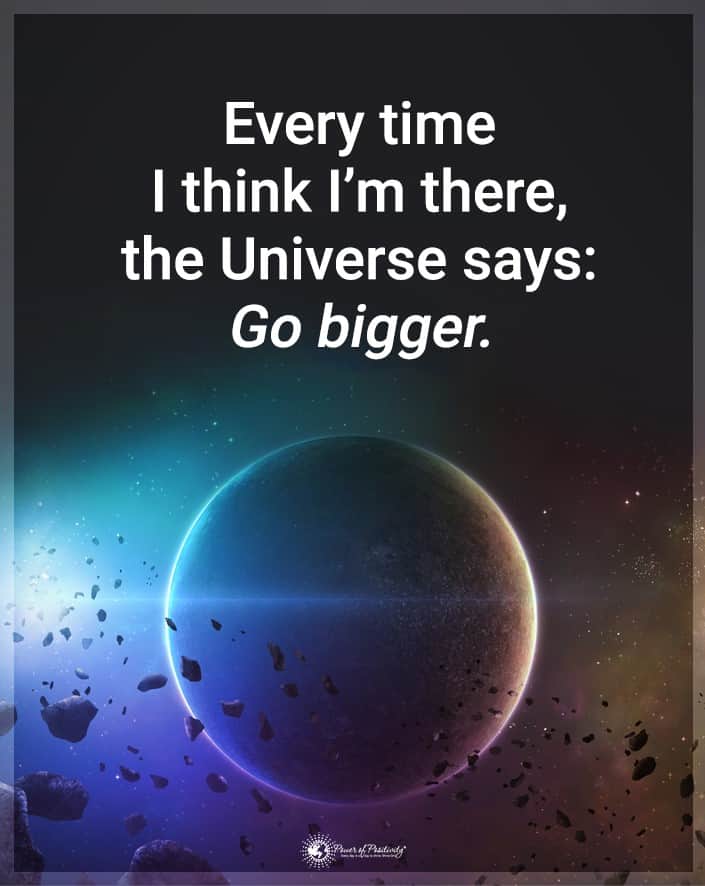
5. Single task for better focus
According to neuroscientists, multitasking is a drain on our cognitive resources. Although it may feel “productive,” it’s actually much less effective than focusing on one task at a time. Physiologically, the brain is not capable of efficiently processing two different stimuli at once, with the only exception being for rote tasks that require little effort.
Dr. Josh Davis – renowned neuroscientist and Director of Research for the NeuroLeadership Institute – explains:
“It (multitasking) is a bad practice. Having said that, here’s when multitasking can be okay: when you don’t care about the quality of the work…let’s say you’re doing something fairly routine and uninteresting. You put on the TV in the background just to make it so you’re at least enjoying the time (while doing the routine task)…you’re more likely to make errors, but it might not matter for the task.”
In short, single-task when the work is important for the best results!


